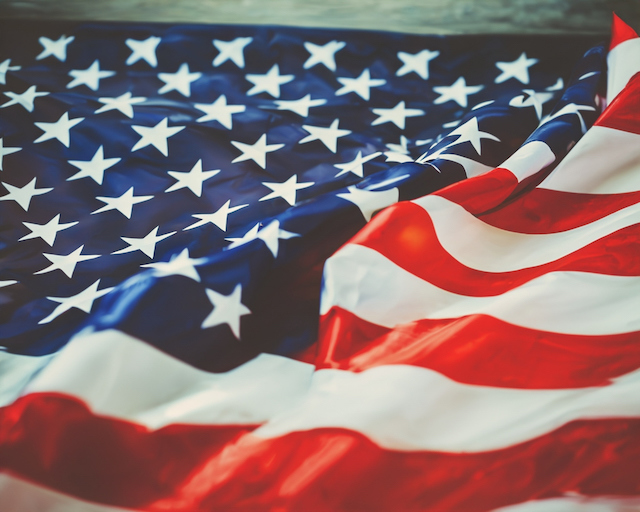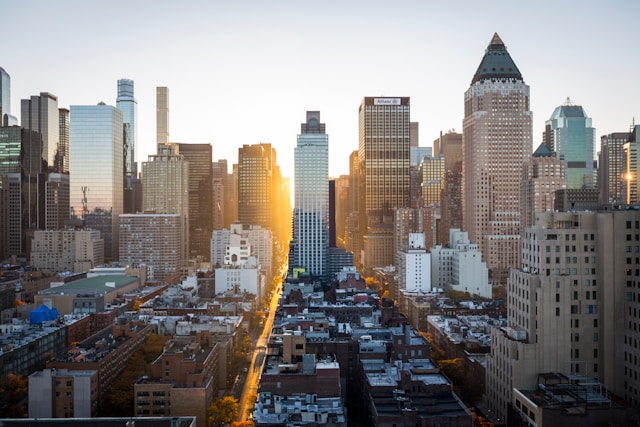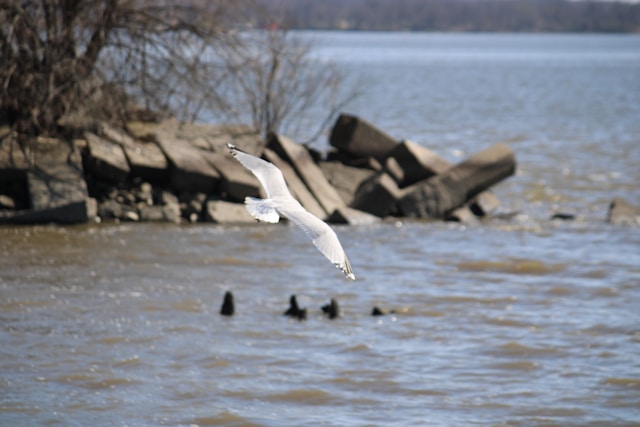Original American Flag In Early America
The original American flag began as a powerful symbol of freedom. It brought the colonies together during difficult times. The flag featured 13 stripes and 13 stars. Each stripe and star stood for unity. The original American flag carried strength in its pattern. Its story lives on in every fold.
The need for the original American flag
During the fight for independence, the colonies used many banners. The original American flag had different shapes, colors, and designs. Battles needed one strong symbol for troops to follow. Leaders agreed a single flag would help unite the colonies. They wanted it to be bold, clear, and easy to carry.
Flag born from 13 colonies
The original American flag featured 13 stripes. Seven were red, and six were white. These stripes represented the thirteen colonies. Above them, a blue field held thirteen stars. The stars were arranged in a circle. Each one stood for a free colony. Together, the design showed balance and hope.
Meaning behind the colors
The colors had strong meaning. Red stood for bravery. White reflected purity and clear purpose. Blue symbolized loyalty and fairness. These three colors worked together to show a united goal. The colors blended history with hope. They gave the flag power without using words.
Sewing of a legend
Betsy Ross is often linked to the flag’s design. Her sewing shop sat in Philadelphia. Local leaders brought her a request. She used fabric and thread to bring the idea to life. Her needle moved with care and pride. Each stitch helped shape the flag’s story.
Congress and the first flag law
On June 14, 1777, Congress passed the Flag Resolution. The law gave the new flag its design. It called for thirteen stripes and thirteen stars. These parts had to show unity in color and pattern. The date now marks Flag Day across the country.
Flags on ships and battlefields
The original American flag flew on ships at sea. It helped sailors spot friends across the water. Flags also waved above camps and forts. Soldiers looked to it for strength. The flag gave direction in wind and smoke. It lifted spirits during each battle march.
Symbol in quiet towns
As the war grew, flags reached small towns. Farmers flew them on fence posts. Schools hung them above doors. Churches raised them after Sunday prayers. The original American flag gave comfort through its shape. People stood under it with pride and calm.
Flag in early homes
Early homes sometimes kept flags indoors. Some hung from windows with ribbon. Others rested on shelves between books and keepsakes. Families made their own flags by hand. They used old cloth and simple thread. Each homemade flag brought the nation closer together.
Songs and stories that grew
The original American flag inspired songs and tales. Writers described its stars and movement in poems. Soldiers sang of it near campfires. Children heard stories of the flag’s first rise. These songs carried the message forward. The flag moved through hearts as well as hands.
Inspiring art across the colonies
Artists painted the flag in homes and halls. Some showed it waving in the wind. Others placed it near leaders and crowds. The red, white, and blue filled each canvas. The original American flag helped shape early American art. It brought motion to still pictures.
New flag with each star
As time passed, more states joined the union. Each new state added a star to the flag. But the original American flag stayed in memory. It marked the start of the journey. Its design laid the path for all flags that followed.
Marches with flags held high
The flag often led processions and parades. Drums beat steady while stripes waved. Children followed, holding smaller versions in hand. Townspeople watched as flags passed by. These events tied people to the flag’s history. The flag gave strength in both joy and struggle.
Flags folded and kept safe
Some flags were folded and placed in trunks. Others were framed and hung on walls. People saved them as family treasures. Flags passed from one generation to the next. Each fold held quiet meaning. Each flag became part of a larger memory.
Used in war and peace
The original American flag was not only for war. It flew during peaceful meetings and events. It waved at weddings, funerals, and harvest fairs. The flag’s presence added purpose to the moment. Its image stayed strong in both calm and storm.
Pattern shared across states
The flag’s design appeared in more than cloth. Masons carved it in stone. Painters added it to signs and boxes. Printmakers placed it on paper and cloth. Its shape entered daily life in many ways. The original American flag reached beyond banners.
Kept in memory and schools
Schools taught the story of the flag. Children learned its parts and colors. Teachers told how it came to be. Lessons included drawings and songs. Flags hung in each classroom. Students saw it daily and grew to respect its message.
Flag in ceremonies
Many events began with the flag. People stood still as it rose. Some placed hands over hearts. Others saluted with calm strength. Flags added value to each gathering. The original American flag brought people together in shared silence and motion.
Flags with soldiers in service
The flag marched with troops across fields. It stood near tents and campfires. When battle ended, the flag still flew. It marked places of rest and peace. Soldiers looked to it in times of need. It reminded them of home and purpose.
Preserved in museums and memory
The original American flag now rests in museums. It lies behind glass to protect its threads. Visitors come to see its colors and shape. Experts care for each inch. Photos and writings help share its journey. The flag remains alive through memory and space.
Stars that always shine
The stars in the original flag held deep meaning. Each one was equal and steady. Their shape carried peace and strength. The circle showed unity without edges. These stars remain in hearts and history. They shine across time and place.
Flags in parks and gardens
Many parks place flags near flowers and paths. The flag waves above benches and ponds. Gardens place flags near markers and signs. These quiet spaces allow time to reflect. The original American flag adds meaning to every corner of green land.
Marches through seasons
The flag appears through all seasons. It waves in snow, wind, sun, and rain. It never asks for pause. Its presence stays constant. The original American flag shares space with changing skies. Nature surrounds it, but never fades it.
Families and folded flags
Some families keep old flags folded on shelves. Others place them in glass boxes. These flags come out during special days. Birthdays, holidays, and memorials see them again. Each flag shares part of a family’s journey. The flag’s story grows with each new chapter.
Used in music and sound
The flag inspires music from bands and choirs. Singers raise voices under its waves. Instruments play tunes shaped by its past. Parades carry drums that echo its beat. The original American flag moves in sound and rhythm.
Drawn by young and old
People of all ages draw the flag. Crayons, pencils, and paint all meet its lines. Each drawing shows a new way to feel its meaning. From simple sketches to bold art, the flag continues to inspire. Its shape lives on through paper and thought.
Felt in quiet and noise
The flag speaks in loud songs and silent moments. It stands during cheers and tears. It holds space during both joy and loss. The original American flag brings people closer without saying a word.
Lasting piece of identity
The flag stays part of the American journey. Its story rests in each heart that sees it. The original American flag speaks of strength, unity, and shared dreams. Though years pass, its message remains clear.





